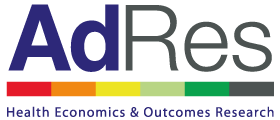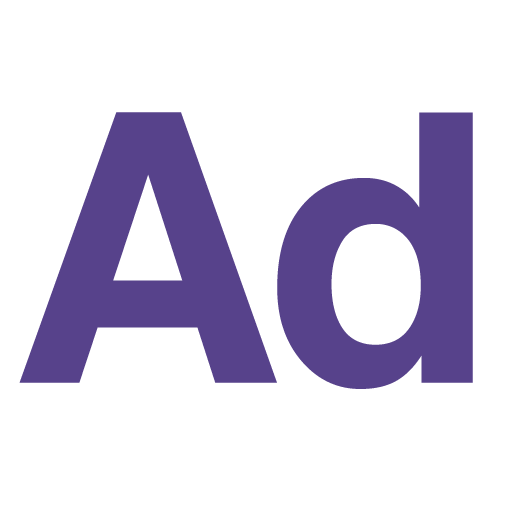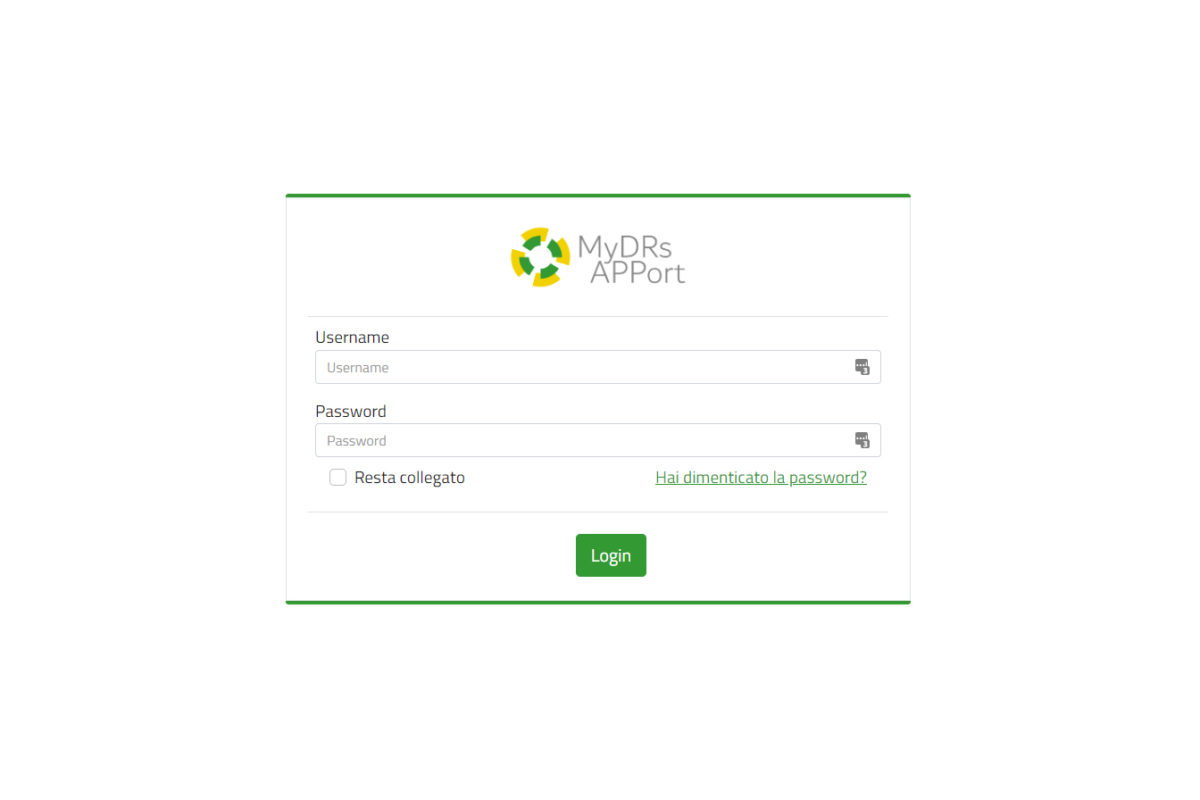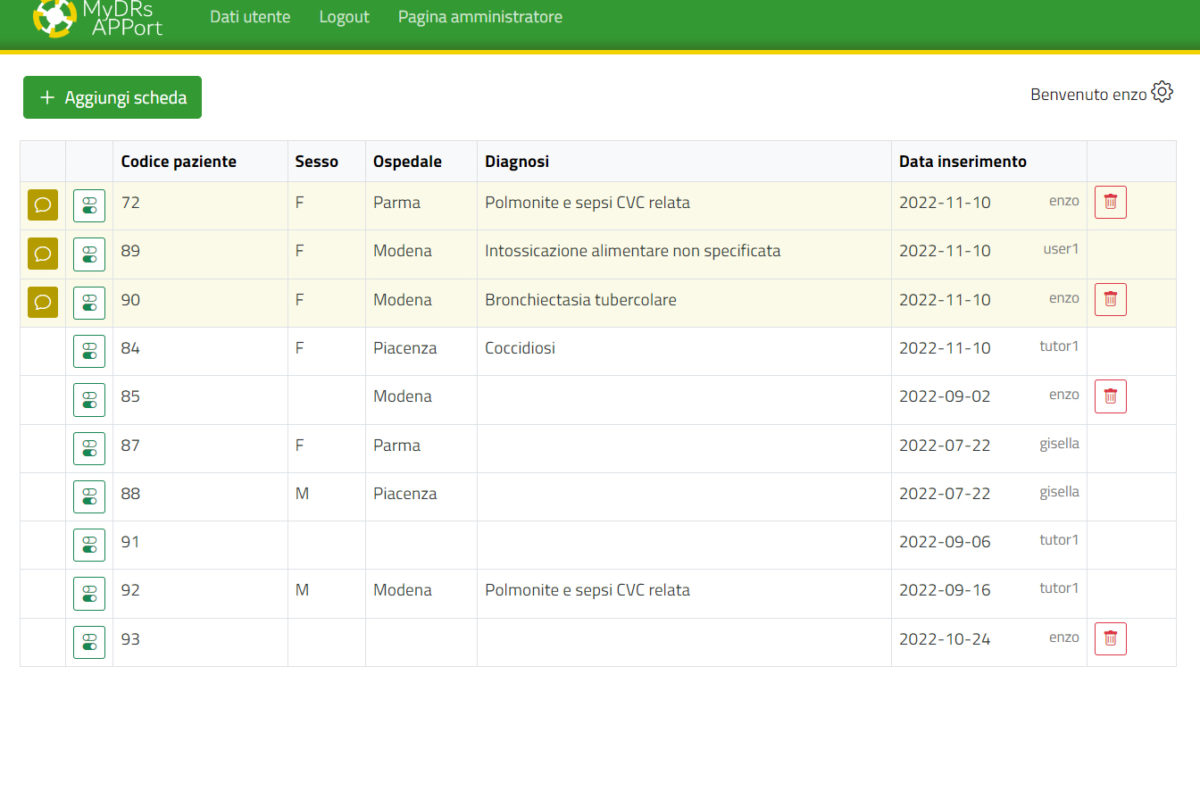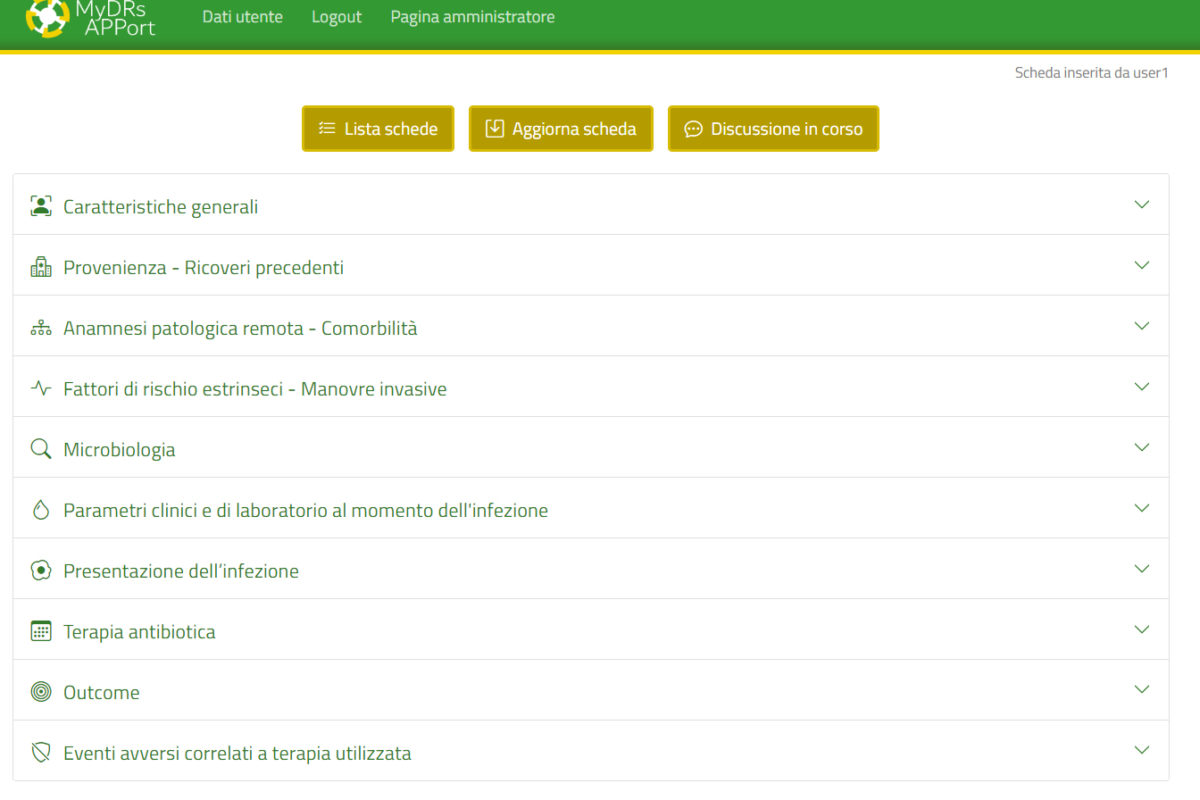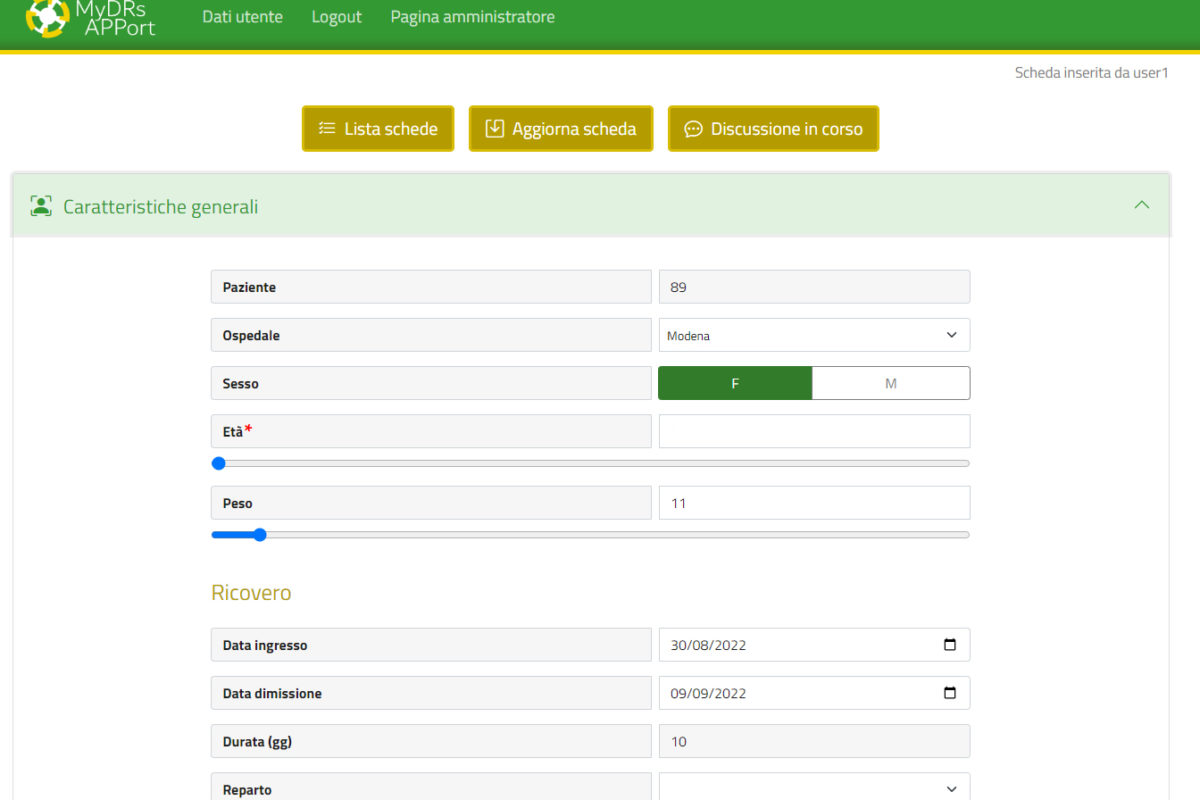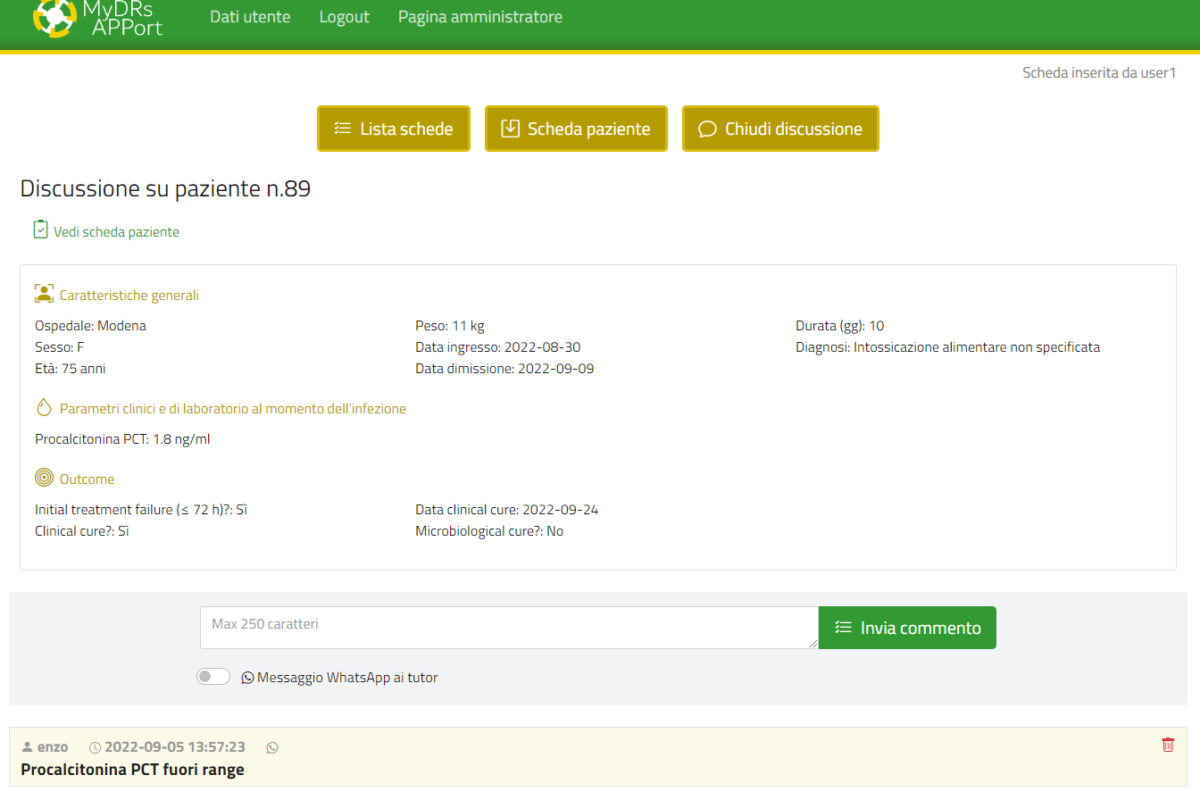AdRes DIRECTLY DESIGNS AND DEVELOPS SOFTWARE TO SUPPORT CLINICAL AND PHARMACOECONOMIC RESEARCH.
Examples are calculation and simulation applications based on pharmacoeconomic models, electronic case files (specifically designed for research protocol), web based integrated systems for data collection in multicentre studies and project monitoring and management (eCRF systems).
QALY shortfall calculator
The National Institute for Health and Care Excellence (NICE) published new guidelines for health technology evaluation in January 20221, introducing a new mechanism designed to grant additional weight to quality-adjusted life-years (QALYs) for disease characterized by more severe health conditions.
NICE defined severity-of-disease modifiers in terms of future QALYs lost by people living with the disease and receiving standard of care with respect to the general population. Two metrics are considered in this context: the absolute QALY shortfall, and the proportional QALY shortfall. Absolute shortfall is quantified as the difference between future QALYs expected by the general population and those that an individual can expect living with that condition, given currently available interventions. In contrast, proportional shortfall is quantified as the proportion of future QALYs a person can expect to lose as a result of their condition. If the magnitude of these shortfall metrics is sufficiently large, QALYs achieved by a new health technology are assigned weights greater than one, thus increasing the value of the QALYs provided by the health technology and, therefore, decreasing the ICER and making the health technology more likely to be cost-effective.
Both shortfall metrics require an estimate of the number of future QALYs that individuals with the condition would have experienced if they had been healthy. Such estimate is not a standard output of a cost-utility analysis and has to be calculated independently by each of the stakeholders making submissions to NICE.
Even if the Agenzia Italiana del Farmaco (AIFA) has not introduced the severity-of-disease modifiers for Italian submission yet, we believe that a tool tailored on the Italian population could help the stakeholders in valuing new health technologies effectively. Hence, inspired by the work of McNamara et colleagues,2 AdRes developed an online tool that provides updated quality-adjusted life expectancy (QALE) estimates for the Italian population based on age and sex3. Our tool enables users to combine QALE population norms with the outputs of an economic model to estimate the absolute and proportional QALY shortfall associated with a condition.
Bibliographic references
- NICE health technology evaluations: the manual. National Institute for Health and Care Excellence. https://www.nice.org.uk/process/pmg36/chapter/introduction-to-health-technology-evaluation. Accessed February 12, 2022.
- McNamara S, Schneider PP, Love-Koh J, et al. Quality-Adjusted Life Expectancy Norms for the English Population. Value Health. 2023 Feb;26(2):163-169 https://doi.org/10.1016/j.jval.2022.07.005
- Ghetti G, Povero M. Quality-Adjusted Life Expectancy Norms for Italy. Value Health. 2023 Apr 5;S1098-3015(23)00111-0 https://doi.org/10.1016/j.jval.2023.03.012
EASIER APP
IT SIMPLIFIES AND INTEGRATES TIME MOTION STUDIES USING THE SMARTPHONE.
It is a new tool developed to support and facilitate normal daily activities by optimising the data collection process.
With the Easier app, the entire process, necessary to conduct the study, is entrusted to healthcare personnel, who are equipped with the tools to quickly track the normal workflow.
It allows the collected data to be sent directly to the central Easer app database, irrespective of the work location, being able to follow several patients at the same time. Furthermore, not having to involve figures from outside the hospital becomes a major advantage, along with reduced paper waste.
With the Easier app, measurements are faster, more standardised and guaranteed by the new integrated system.
EASY APP THE SIMPLICITY OF ADVANCED TECHNOLOGY AT THE SERVICE OF HEALTHCARE EFFICIENCY.
EASIER APP is the most ADVANCED TECHNOLOGICAL SOLUTION, capable of accurately implementing data collection, through automated data collection, with real time remote monitoring functionality.
The Easier app is able to integrate additional study tools, such as patient and caregiver questionnaires, to optimise efficiency and healthcare; because only information from the results of time and motion studies leads to informed decisions.
ELECTRONIC DATA COLLECTION SYSTEMS
AdRes, thanks to its multidisciplinary team and partnerships with leading development and communication companies, has several data collection and decision support systems in its portfolio.
